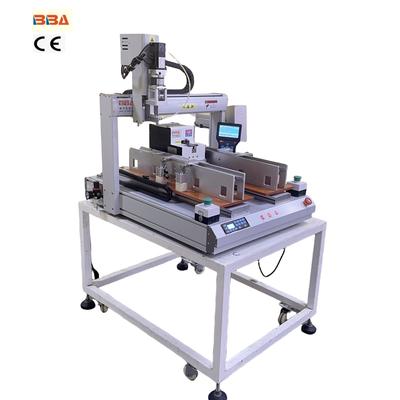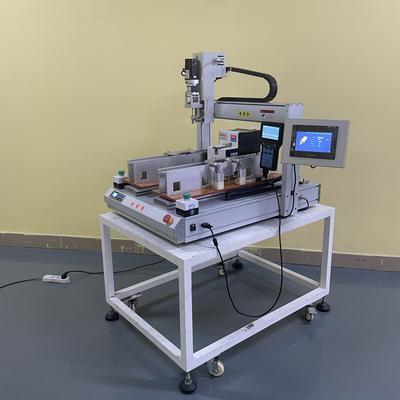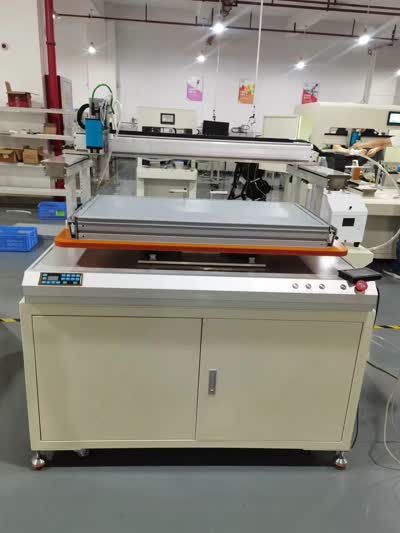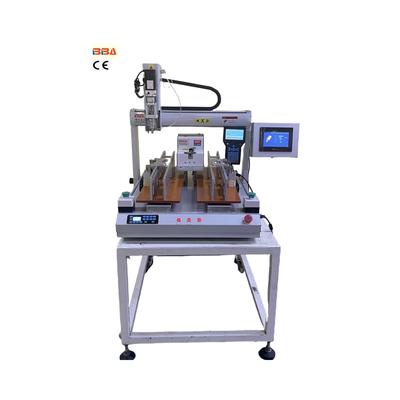Aerospace Precision Screw Drive Systems - Screw Fastening Units and High-Precision Lead Screw Technologies
| Product Name | Applicable industries |
| Screw Fastening Unit | Drone and UAV Manufacturing |
Precision engineering faces its ultimate test in the aerospace sector, where tolerance for error is nonexistent. Every component powering flight must perform flawlessly under extreme conditions, making dependable motion control systems critical to safety and performance. Screw-driven actuation technology plays a pivotal role in this high-stakes environment, delivering the accuracy, durability, and power density demanded by modern aircraft and spacecraft.
The versatility of screw systems—including ball screws and roller screws—is key to their widespread aerospace deployment. Flight control surfaces rely heavily on robust screw actuators for precise movements. Whether adjusting ailerons during turbulent conditions or modulating rudder deflection, screw mechanisms translate rotational input into smooth, predictable linear motion. Even slight deviations could compromise stability, making sub-micron accuracy and hysteresis elimination non-negotiable. Landing gear systems similarly depend on these components to withstand immense shock loads during touchdown while providing millimeter-perfect retraction sequences. Internally, jet engines incorporate specialized screws to dynamically adjust variable stator vanes, controlling airflow dynamics under temperatures exceeding 800°C. Spacecraft deployables and satellite solar arrays also utilize radiation-resistant screw actuators, functioning reliably in vacuum for decades.
To succeed in aerospace applications, screw assemblies must exhibit extraordinary performance characteristics. High load capacity relative to system weight is paramount, as every gram of structural mass impacts fuel efficiency. Corrosion resistance against de-icing fluids and humidity requires specialty surface treatments and alloys like vacuum-melted steel. Crucially, screw systems must maintain dimensional accuracy after millions of cycles without backlash. Aerospace-grade designs incorporate redundant sealing to prevent contamination and advanced lubrication systems that function across -70°C to 300°C thermal extremes.
Compared to hydraulic or pneumatic alternatives, electrically-driven screw systems offer compelling advantages: eliminating fluid leakage risks, reducing maintenance downtime, and lowering lifecycle costs through greater energy efficiency. Our technology excels here, with proprietary manufacturing yielding self-aligning thread profiles that distribute stress uniformly. Utilizing finite element analysis, we optimize preload levels for critical operations, ensuring predictable friction behavior under variable loading. Enhanced by rigorous testing protocols simulating G-forces and thermal shock cycles, our solutions surpass AS9100 quality benchmarks. Specialized thread geometry minimizes power consumption while proprietary coating systems dramatically extend service life—a crucial factor in Certified for Life components.
The future trajectory of aerospace innovation demands increasingly intelligent motion solutions. Our screw systems integrate seamlessly with emerging technologies like composite materials and additive manufactured lightweight actuators, supporting industry shifts toward more electric aircraft (MEA) designs. Continuous improvements in materials science ensure compatibility with sustainable aviation fuels and space-grade lubrication requirements, maintaining peak performance in next-gen applications including urban air mobility and hypersonic flight.
When failure carries dire consequences, the aerospace industry trusts engineering backed by uncompromising validation. Every screw assembly we deliver undergoes traceable, full-lifecycle verification to guarantee reliability before joining the skyward journey. It’s a commitment rooted in realities of physics-driven assurance—ensuring that vital control surfaces move exactly as commanded, every flight, every time.



